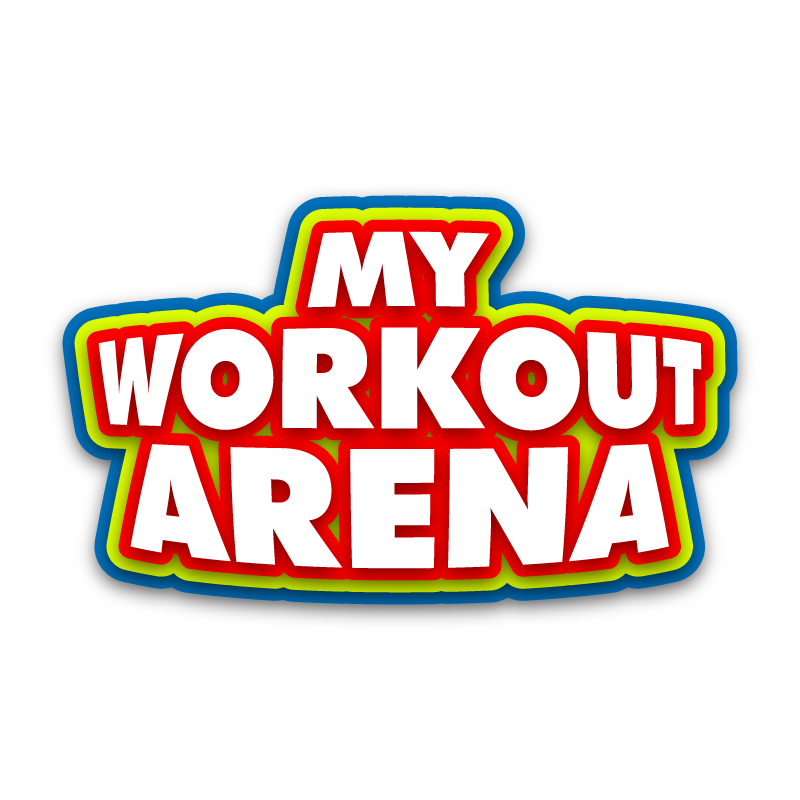The Period Between the Recovery from the Clean and the Start of the Jerk
While considerable attention has been devoted in weightlifting literature to the clean and the jerk, little has been said about the period between the clean and the jerk. This is unfortunate, because the transitional moments and movements between the clean and the jerk often spell the difference between a successful jerk and an unsuccessful one. For purposes of this discussion, we will define this period as beginning immediately after the lifter has gotten through the hardest point in the recovery from the clean (but the legs are still well bent) and ending the moment before the dip for the jerk. Several mistakes are common during this period.
The first mistake is a mental one, and it consists of celebrating the successful completion of the clean, rather than focusing on the jerk that lies ahead. For lifters who tend to have trouble with their jerks relative to their cleans, the sooner they begin to focus on the jerk the better, they can begin to do so after the most difficult point in the recovery from the clean has been passed.
The next points to consider are the speed achieved and the force applied during the final part of the clean recovery. During a difficult recovery, the spine will often lose its arched position, the hands or elbows will assume a position that is not the most favorable for the jerk and the bar will slide slightly on the shoulders or will press on the windpipe, the nerves and/or large blood vessels in the neck, threatening the athlete’s clearheaded performance in the jerk. All of these conditions can be corrected, at least in part, by driving the bar up with the legs at the end of the clean so that the bar leaves the shoulders very slightly. This slight thrust of the bar off the shoulders requires very little energy and momentarily leaves the body without the pressure of the bar. During this period, the arms and shoulders can be repositioned (the grip width changed if necessary), the spine can regain its arched position, pressure on the neck can be relieved and the bar can be caught again on the shoulders in the correct position from which to execute the jerk. The key to using this maneuver successfully is to drive the bar just high enough for the necessary corrections and/or preparation. Then the legs are bent very slightly to absorb the force of the bar as it contacts the body on its way down.
While this slight lifting of the bar off the shoulders after the clean can be a key element in preparing for the jerk, there are some hazards that must be avoided in executing this motion. First, if the bar is driven too far off the chest, the lifter will have wasted strength that could have been used for executing the jerk. Second, driving the bar up too much can cause the bar to crash on the lifter’s body when it falls, causing a minor trauma and perhaps forcing parts of the body into positions that are unfavorable for executing the jerk. Therefore, it is necessary for each lifter to find just the right minimum height of the drive. For some few lifters that may be none at all, and for others it may be a couple of inches above the shoulders while in a standing position. For most lifters it will be to a position just above the shoulders when standing.
If any lifting of the bar from the shoulders is to be done before the jerk, it is advisable to do it at the end of the recovery from the clean and not after the recovery is complete (.e., not after the legs are locked and the body has become motionless in preparation for the jerk). If the lifter becomes motionless after the clean and then rebends the legs to drive the bar off the shoulders and to assume a more comfortable position, the referees may consider this preparatory motion as an attempt at the jerk. There have been some very successful lifters who systematically rebend the legs after the clean to adjust the bar and then do a separate motion for the jerk without the referees questioning the maneuver (e.g., Mario Martinez, silver medalist in the 1984 Olympics). But those lifters usually have a reputation that is well known to the referees and perform such an adjustment after every clean. However, these lifters run the risk of losing the lift because a referee can interpret the lifter’s motion as an attempt to jerk the bar (only one such attempt is permitted under the current rules). Therefore, it is better for the lifter to perform any adjustment at the last stage of the clean, when no disqualification is possible.
An additional point to consider in the transition from the clean to the jerk is the length of the time that the lifter should wait before beginning the jerk. Many coaches recommend that this wait be as brief as possible. A lifter who is not comfortable with the bar at the shoulders will certainly want to follow this advice and to move into the jerk as quickly as is reasonably possible (although a lifter who does not feel capable of holding the bar on the shoulders without undue fatigue should attempt to correct this problem). All things being equal, minimizing the time between the end of the clean and the beginning of the jerk is good advice. Unfortunately, as is so often the case, all things are not always equal. For example, some lifters can focus their concentration so that they are mentally prepared for the jerk immediately after the clean. While this is a desirable ability, not all lifters have it. For those who do not, it is important to take enough time to compose themselves after the clean and before the jerk. For those lifters who are very comfortable holding the bar on their shoulders, spending some extra seconds concentrating in preparation for the jerk presents no problem.
Another consideration is the spring of the bar that is experienced after the recovery from the clean. If the bar has a significant amount of spring, it may be flexing for some seconds after the clean. Most lifters will want to wait for this motion to cease before attempting to dip for the jerk (otherwise, the oscillation of the bar may negatively affect the precision of the dip). Moreover, the technical rules of lifting prohibit a lifter’s using the oscillation of the bar to assist him or her in performing the jerk. This rule requires that the lifter wait for the bar to stop moving before the dip for the jerk begins, or at least that the lifter does not add to any movement that is already taking place as a result of recovering from the clean. With a springy bar the lifter will need to pause for at least several seconds between the clean and the jerk.
Now that we have examined some of the fundamentals of technique in the snatch and clean and what is to be done in preparation for the jerk, let us look at some important aspects of the execution of a successful jerk.
trade-free fitness at www.myworkoutarena.com


Comments
No comments yet. Be the first to react!